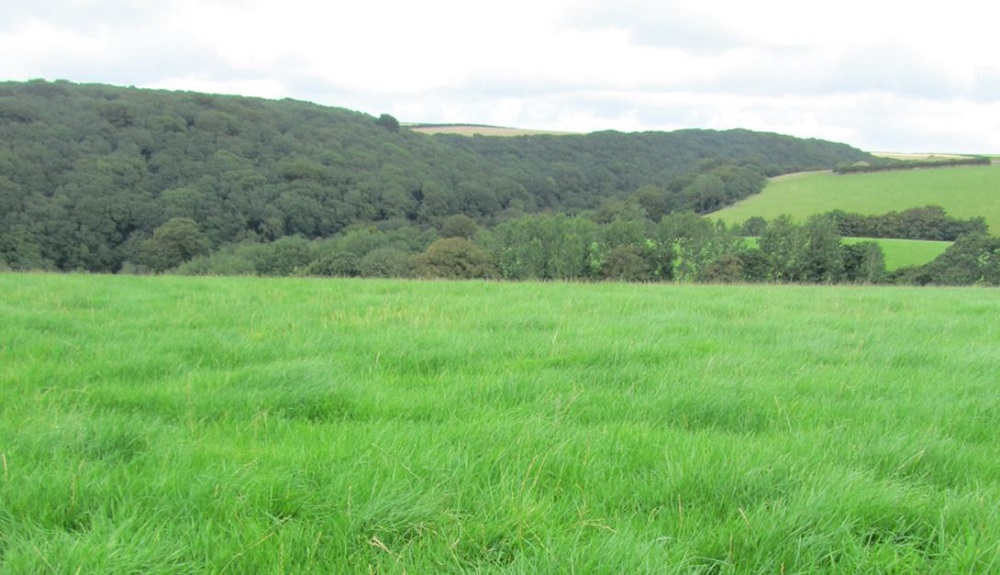Try the spring rotation planner to maximise spring grass intakes
Thursday, 16 March 2023
Our spring rotation planner can help you organise the grazing rotation. Based on target areas and dates, we explain how to use it to maximise grass intakes this spring.
Last week, we spoke about some of the grazing tools available to help and support you in your decision-making process regarding grassland management in 2023.
Grazing Season 2023 – Have you got the right tools for the job? (article)
One key tool is the spring rotation planner, which helps plan your first rotation and takes the guesswork out of planning the first grazing rotation.
It ensures you graze enough grass early in the season to allow time for regrowth for the second rotation. It will also help ensure you do not run out before you start the second rotation.
Ensuring an adequate supply of good quality leafy grass is available throughout the grazing season is key to obtaining high levels of animal performance.
As production costs continue to rise, well-managed grazed grass is undoubtedly increasingly important for on-farm profitability.
Focusing on both growing and utilising more high-quality grazed grass will reduce dependence on purchased feed and, in return, improve farm profit.
What is the spring rotation planner?
The spring rotation planner is essentially based on target areas and dates. Setting these targets will give you a framework and help identify the things that need to change. Once you know the date you are letting out stock and the targets, you know how much land you must graze per day, week, and month.
Key dates and targets
- Have 30% of your farm grazed by the end of February
- Have 60% of your farm grazed by the 20 March
- Have 100% of your farm grazed by ‘Magic Day’, usually mid to early April
These are a guide for drier farms. If you have a heavier farm, you will be 7–14 days behind these targets. Once you know the targets, you can draw up a plan for your farm.
Growing and utilising high-quality grass
The spring rotational planner aims to create a wedge of grass in front of the cows at different heights. This would make it easier to control your grazing area, and silage fields can be taken out of the grazing platform as grass growth increases.
The first rotation is typically 40–50 days, taking you from mid-Feb to mid-April. The target is to graze around 30–40% of the grazing paddocks first to allow regrowth to accumulate for the start of the second rotation; this could include silage ground. This can vary from farm to farm, but the overriding aspect of grazing management is to make good use of spring grass. If needed, silage ground should be grazed early in the first rotation. This will increase the available grazing area.
Early spring grazing stimulates the grass to start growing earlier; it is expected that a further 1–1.5 t of dry matter is produced when compared with the later turnout. Make sure you start the first rotation on time. If not, it will finish later than mid-April, leading to too much grass on the farm, causing poor utilisation and reduced quality later in the season.
During the first rotation, grazing heights of 3.5–4 cm (1500 kg DM) should be targeted. Cattle that are turned out early to grass have 6% (+23 kg) higher carcase weight than animals that turned out later in spring. Remember that all animals in the herd don’t have to be turned out together or at the same time. Groups of animals should be prioritised for early turnout.
Top tips to maximise spring grass intakes
- Graze down to 4cm. You need to get good cleanouts (residuals) on the first rotation to ensure high-quality swards for the rest of the year
- Turn cattle out onto medium covers on the driest ground first to get them used to grazing the grass down to 4cm. Then move into heavier covers
- Try to graze reseeds and fields with good soil fertility first to allow for faster regrowth
- Graze silage ground from early March and be out of it by the end of March. This is to allow silage enough time to grow and bulk before cutting from 15–26 May – before the grass starts to head. The earlier you cut, the better quality silage you will have
- Once out of silage ground, move back into grazing paddocks
- Keep an eye on regrowth on the first paddocks grazed. If they are ahead of the target, you may be able to end the first rotation earlier. If they are behind, you may need to slow down
- If you have stock out, you should have a least some fertiliser/slurry out. Break your farm up into thirds, heavy, medium and light covers
For more information on anything grass related, visit ahdb.org.uk/knowledge-library/ahdb-grass
 AHDB
AHDB

